Should you rather choose an Intel processor or an AMD CPU for your laptop at the same price and comparable platform? This is THE question of all questions, which has been asked again and again for years and yet has been so difficult to answer until now because direct comparison has almost always been lacking. The still existing cooperation with Tom’s Hardware (FR) and Tom’s Guide now enables us to answer exactly this question in practice. And so my thanks go first of all to the colleagues from France, who kindly provided me with the data (Link to the French review). This, by the way, is not a one-way street, but in the end it is a completely different story.
Far from the prejudices of the lovers of manufacturer A or I, we have now tried to find an answer to this question in an objective way. For this purpose, we selected a notebook model that is available in both AMD and Intel versions with identical equipment (and that was really not an easy task), namely the Acer Swift 3. This affordable office notebook has the distinction of being made from the same chassis to offer both versions, minimizing any variables that could affect our measurements and thus our analysis. The same recommended retail price (around 900 Euros) for the AMD and Intel models naturally also allows a fair comparison of the two platforms, even if I have to limit that a bit.
Unfortunately, since no version with Intel Alder Lake (Gen12) CPUs was available at the time of the test, we had to use a Swift 3 with a processor from the previous (11th) generation. This review will of course be updated as soon as Intel’s new mobile CPUs are available in larger quantities. Furthermore, this match is also not really perfect by definition, since there hasn’t been a unified platform shared by the two big market players for decades (nostalgics will fondly remember the Socket 7). However, our test will be as close as possible to a completely fair comparison, we promise!
Almost identical platforms for AMD and Intel
Specifically, the “Intel” version of the Acer Swift 3 includes a Core i5-1135G7, a quad-core model with Hyper-Threading clocked at a base clock of 2.4 GHz and a maximum boost of 4.2 GHz. The 10 nm Tiger Lake processor also features 8 MB of L3 cache and a 1.3 GHz Iris Xe iGP, with a TDP of 28 watts. AMD’s version of the Swift 3 uses a 7nm Ryzen 5 5500U (“Lucienne”), a hexa-core processor with SMT (12 concurrent threads) clocked at 2.1 GHz but capable of running at a boost frequency of up to 4.0 GHz. It has 8 MB L3 cache and a Radeon Graphics with 1800 MHz and a TDP of 15 W.
Let’s first compare the GPU-Z screens with the most important key data and start alphabetically with AMD…
… to then move on to Intel with the same information.
GPU-Z is then responsible for the graphics. AMD on the left, Intel on the right:
The rest of the configurations are then almost identical: Thus, there is 16 GB LPDDR4-4266 RAM in each case, but with slightly different settings. The “Intel” model has four DRAM channels and tCAS-tRCD-tRP-tRAS timings of 36-39-39-90, while the “AMD” version has to make do with two memory channels and timings of 40-39-45-90. There is also a 512 GB NVMe SSD, the indispensable WiFi, Bluetooth and audio controllers as well as a battery with identical capacity (53 Wh, 13 V) and an equivalent casing. The entire system runs Windows 11 Home.
Benchmark selection and test methodology
In order to get as complete a picture as possible of the performance of each platform, both computers were tested in an identical environment, especially with regard to the ambient temperature (19°C). The installed drivers were the latest, publicly available ones in all cases. Processor and graphics performance measurements were taken with a selection of synthetic applications and benchmarks ranging from 3DMark to Maya, Catia, 7Zip, LuxRender, and Cinebench, with the notebooks plugged into the mains to avoid power consumption restrictions.
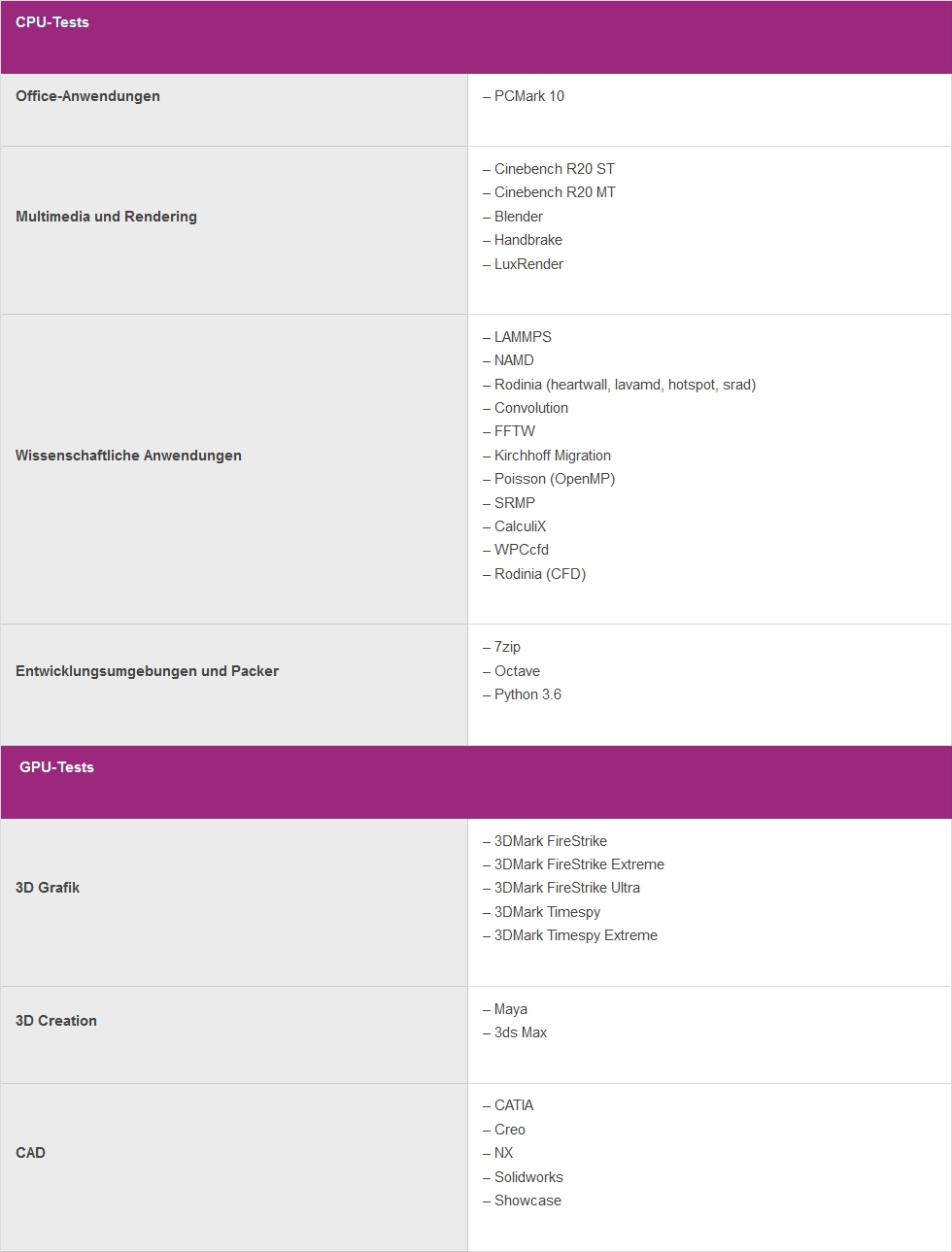
The measurements obtained were then referenced to an index 100 and grouped by type of software (multimedia and 3D, development, scientific applications, etc.) to facilitate comparison between the two platforms. Finally, an overall index summarizes all measurements performed.














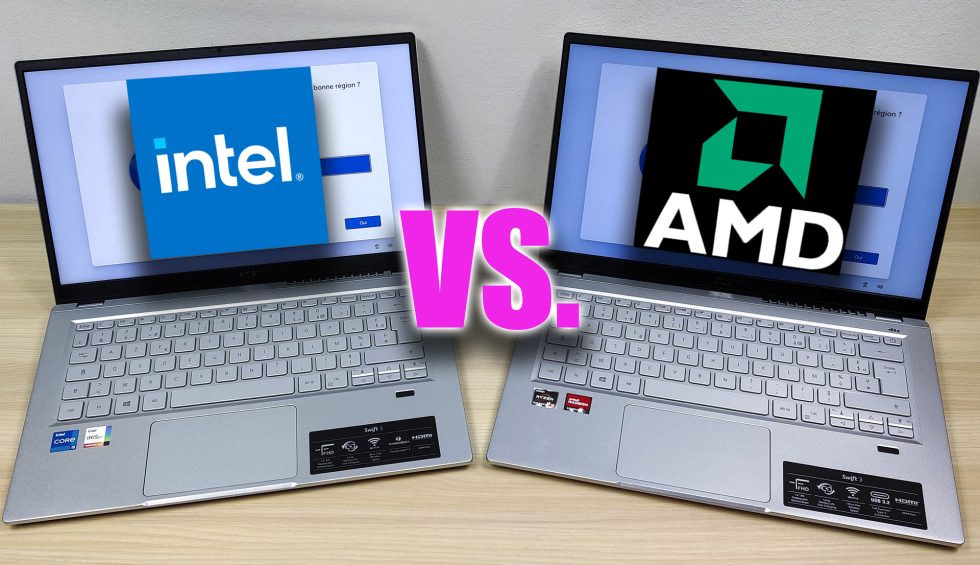
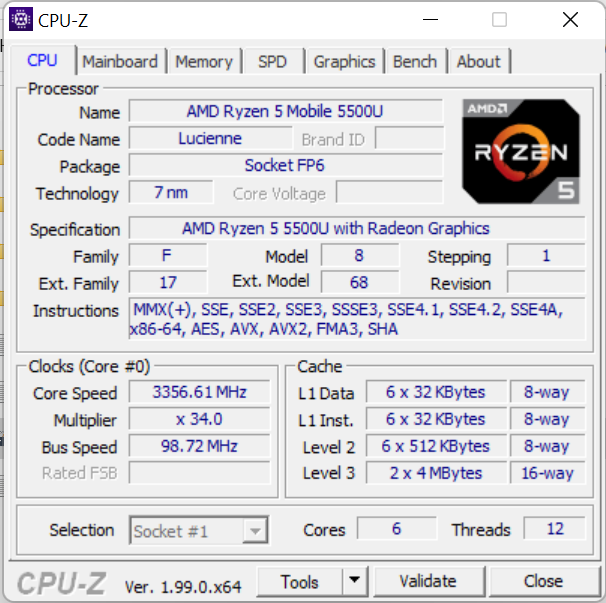
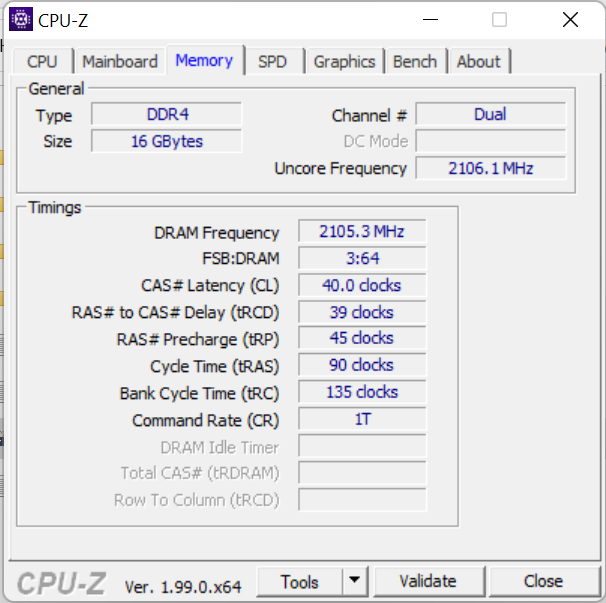
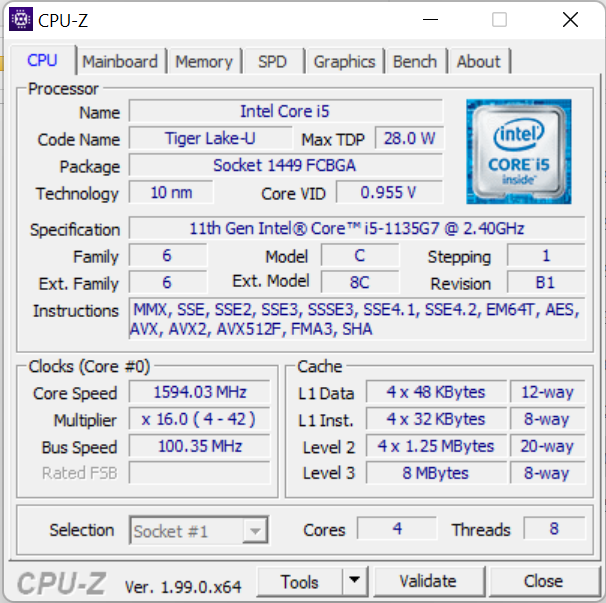

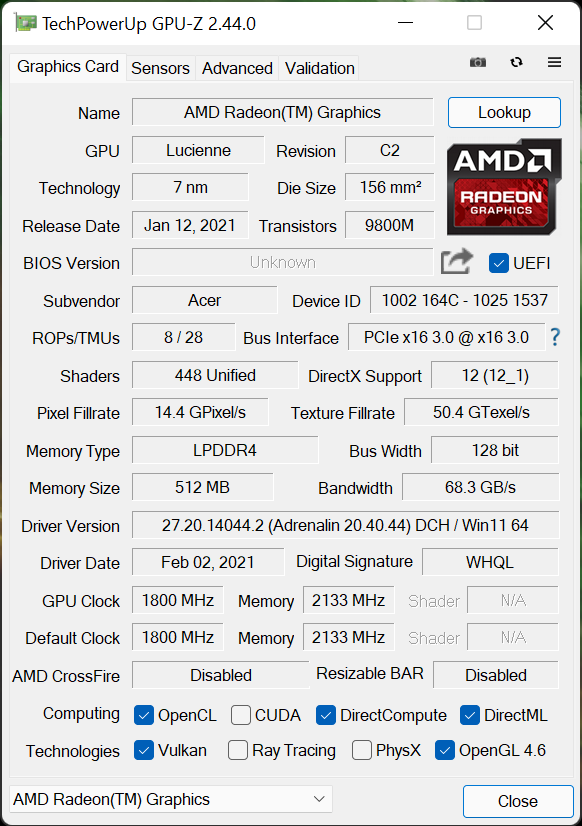
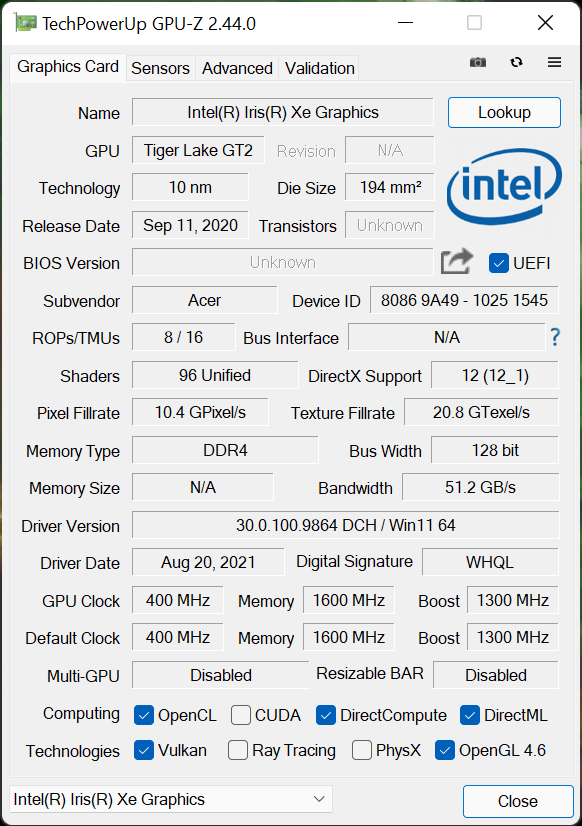



















12 Antworten
Kommentar
Lade neue Kommentare
Urgestein
Veteran
Veteran
Mitglied
Urgestein
1
Urgestein
Mitglied
Mitglied
Mitglied
Veteran
Alle Kommentare lesen unter igor´sLAB Community →